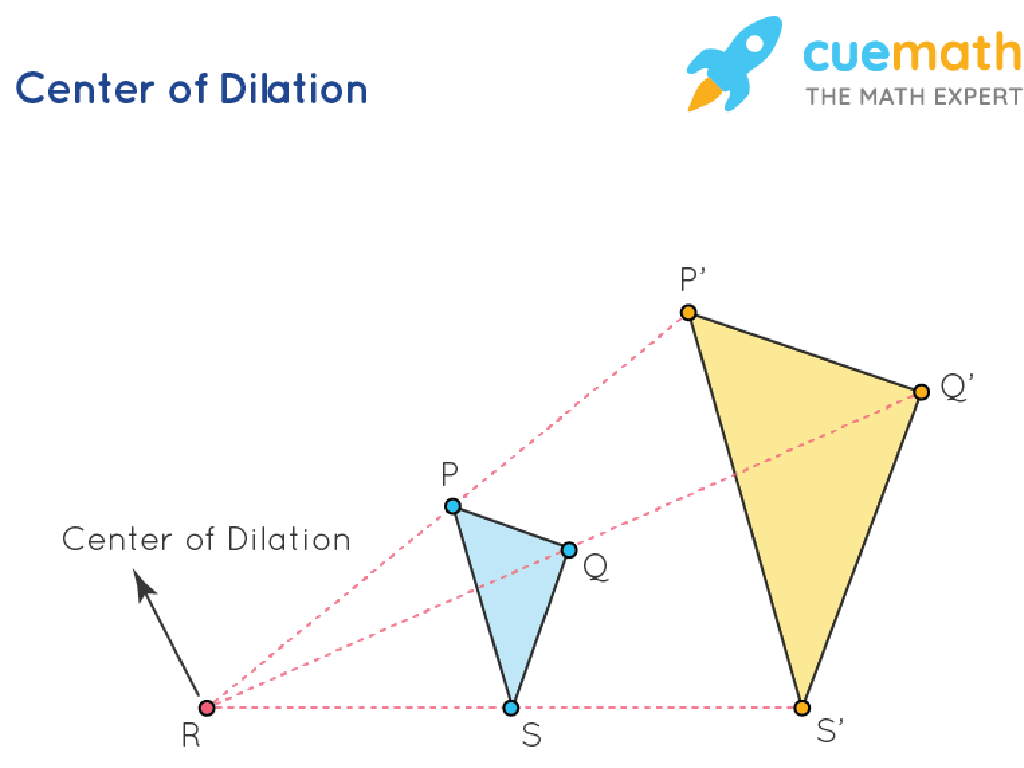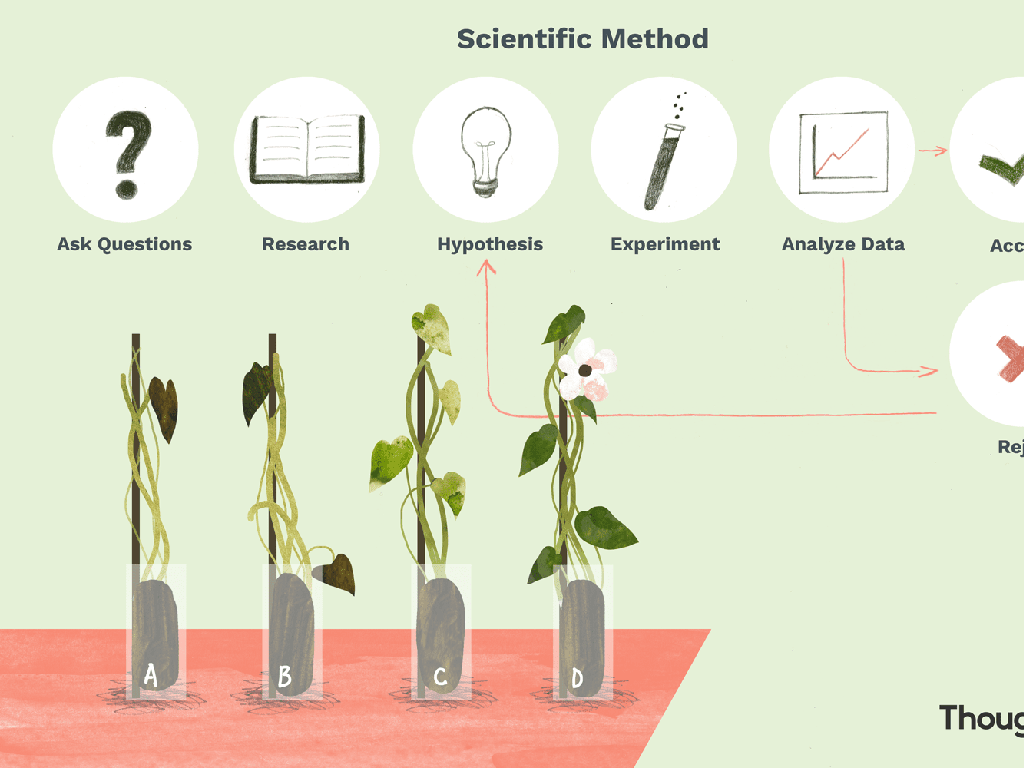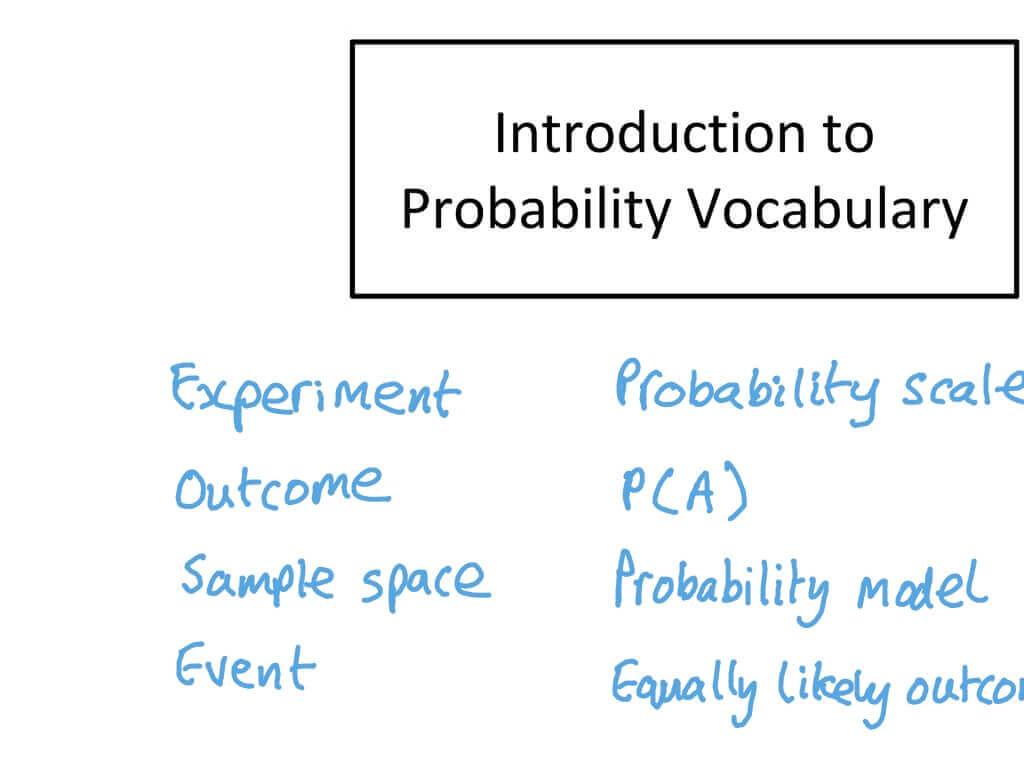Identify Supporting Details In Literary Texts
Subject: Language arts
Grade: Eighth grade
Topic: Persuasive And Opinion Writing
Please LOG IN to download the presentation. Access is available to registered users only.
View More Content
Identifying Supporting Details in Persuasive Writing
– Grasp persuasive writing essentials
– Persuasive writing aims to convince readers of a viewpoint.
– Today’s goal: pinpoint supporting details
– Look for facts, statistics, quotes that bolster the argument.
– Significance of supporting details
– They strengthen the argument, making it more credible.
– Analyzing examples in class
– We’ll dissect sample texts to identify key supporting details.
|
This slide introduces students to the concept of persuasive writing with a specific focus on the importance of supporting details in literary texts. Begin by explaining the purpose of persuasive writing, which is to sway the reader to the writer’s point of view. Emphasize how supporting details such as factual evidence, statistical data, and direct quotations can fortify an argument, making it more convincing. During the class, engage students with examples of persuasive texts, guiding them to identify and analyze the supporting details used. Encourage them to discuss how these details contribute to the effectiveness of the argument. This will help them understand the role of supporting details in building a strong, persuasive argument.
The Art of Persuasion in Writing
– Define Persuasive Writing
– Persuasive writing aims to convince readers to accept a particular point of view or take action.
– Understand Persuasion Goals
– The main goal is to persuade the reader to agree with the writer’s opinion.
– Identify Persuasive Writing
– Look for persuasive writing in advertisements, editorials, and blogs.
– Real-world Persuasion Examples
– Examples: TV commercials, opinion columns in newspapers, persuasive speeches.
|
This slide introduces students to the concept of persuasive writing, a key component of opinion writing. Begin by defining persuasive writing as a style that aims to convince readers to embrace a specific viewpoint or to act in a certain way. Discuss the primary goal of persuasive writing, which is to sway the reader’s opinion to align with that of the writer. Provide relatable examples such as advertisements, editorials, and blog posts to illustrate how persuasive writing is used in everyday life. Encourage students to think critically about the persuasive techniques used in these examples and to consider how they might apply these techniques in their own writing.
The Structure of Persuasive Texts
– Start with a strong thesis
– Thesis statement presents your main argument
– Build the body with support
– Each paragraph should back up the thesis with evidence
– Use details to persuade
– Facts, statistics, quotes from experts enhance arguments
– Conclude with a strong statement
– Restate thesis and summarize key points to reinforce argument
|
This slide outlines the key components of a persuasive text, which is crucial for students to understand in order to effectively analyze and write their own persuasive essays. Begin with a strong thesis statement that clearly states the main argument. The body of the text should contain supporting details such as facts, statistics, and quotes that bolster the thesis. Each detail should be relevant and strengthen the writer’s position. Finally, the conclusion should reiterate the thesis and summarize the main supporting details, leaving the reader with a strong impression of the argument. Encourage students to practice identifying these elements in sample texts and to use them as a guide when writing their own persuasive essays.
Identifying Main Ideas and Supporting Details
– Strategies to find the main idea
– Look for repeated concepts or themes in the text
– Main ideas vs. supporting details
– Main ideas are central points, while details back them up
– Practice with sample texts
– Analyze paragraphs to distinguish the main point from extra information
|
This slide is aimed at teaching students how to effectively identify the main ideas within a text, which is a crucial skill in understanding persuasive and opinion writing. Start by discussing strategies to find the main idea, such as looking for the author’s thesis or the topic sentence in a paragraph. Emphasize the difference between main ideas, which are the central points the author wants to communicate, and supporting details, which are the facts, examples, or explanations that reinforce the main idea. Provide practice opportunities with sample texts where students can apply these concepts, encouraging them to explain their reasoning. This will help them to critically engage with texts and improve their analytical reading skills.
Supporting Details in Persuasive Writing
– Definition of Supporting Details
– Elements that elaborate main ideas in a text
– Types: Facts, Stats, Examples, Anecdotes
– Facts: true statements, Stats: numerical data, Examples: specific cases, Anecdotes: short personal stories
– Role in Strengthening Arguments
– They provide evidence to persuade the reader
– Practice Identifying Supporting Details
– We’ll analyze texts to highlight these details
|
This slide introduces students to the concept of supporting details, which are crucial for developing persuasive and opinion writing. Begin by defining supporting details as the pieces of information that flesh out the main points of an argument. Discuss the different types, including factual statements, statistical evidence, specific examples, and personal anecdotes, and how each can be used to bolster an argument. Emphasize the importance of these details in making a piece of writing more convincing. In the next class, engage students in activities where they identify and analyze supporting details in sample texts to understand their impact on the reader’s perception of the argument.
Analyzing Supporting Details in Persuasive Writing
– Evaluate relevance of details
– Are the details directly related to the argument?
– Activity: Highlight paragraph details
– Use highlighters to identify key points in a sample paragraph.
– Discuss impact of supporting details
– Share different details’ effects in small groups.
– Understand details’ role in persuasion
|
This slide is aimed at teaching students how to critically analyze the supporting details used in persuasive writing. They will learn to assess whether the details provided are relevant and effective in strengthening the argument. The activity involves highlighting supporting details in a given persuasive paragraph, which will help students visually separate the main argument from the supporting evidence. Following the activity, students will engage in a group discussion to reflect on how different details can impact the persuasiveness of an argument. This exercise will enhance their analytical skills and their ability to craft more convincing persuasive essays. For the activity, consider providing paragraphs on varied topics to cater to different interests within the class.
Crafting Persuasive Texts with Supporting Details
– Build arguments with supporting details
– Use facts, statistics, quotes to strengthen your viewpoint
– Write a persuasive paragraph
– Focus on one clear argument with evidence
– Exchange paragraphs for peer review
– Offer constructive criticism to classmates
– Discuss the feedback in class
– Learn from peers’ perspectives and suggestions
|
This slide is aimed at guiding students through the process of writing their own persuasive texts by emphasizing the importance of supporting details. Students should understand that a strong argument is built on a foundation of clear and relevant evidence such as facts, statistics, and quotes. The writing exercise will involve creating a paragraph focused on one argument, supported by carefully selected details. Following this, students will engage in a peer review session to exchange their work and provide feedback. This activity will not only develop their writing skills but also their critical thinking and ability to give and receive constructive criticism. Encourage students to be specific in their feedback and to discuss how the supporting details contribute to the persuasiveness of the argument. The class discussion will provide an opportunity to reflect on the feedback and understand diverse viewpoints.
Class Activity: Persuasive Debate
– Form teams for debate
– Choose a debate topic
– Present arguments with evidence
– Use facts, quotes, or statistics as supporting details
– Class votes on best team
|
This activity is designed to enhance students’ understanding of supporting details in persuasive writing. Divide the class into small teams and have each team choose a topic for debate. Topics should be relevant and engaging for eighth graders. Each team will present their argument, ensuring they include clear supporting details such as factual evidence, direct quotes, or relevant statistics to strengthen their case. After presentations, the class will vote on which team was the most persuasive, not necessarily which argument they agree with. This will teach students to evaluate the strength of supporting details in an argument. Possible debate topics could include school uniforms, homework policies, or the use of technology in the classroom. Encourage respectful discourse and critical thinking.
Wrapping Up: Supporting Details & Homework
– Recap: Identifying Supporting Details
– Importance: Strengthens Persuasion
– Details back up claims, making arguments more convincing.
– Homework: Craft a Persuasive Essay
– Choose a topic and argue your point with clear, supportive evidence.
– Focus: Utilize Strong Supporting Details
– Ensure each argument is bolstered by facts, quotes, or logic.
|
As we conclude today’s lesson, remind students of the key strategies for identifying supporting details in texts. Emphasize how these details are crucial in persuasive writing as they provide the evidence needed to make arguments compelling. For homework, students are to write a persuasive essay on a topic provided by you. They should focus on incorporating strong supporting details such as factual data, quotes from authoritative sources, and logical reasoning to back up their claims. This exercise will help them practice the skills learned in class and understand the importance of well-supported arguments in opinion writing. Provide a rubric for the essay that highlights the use of supporting details as a critical component.






